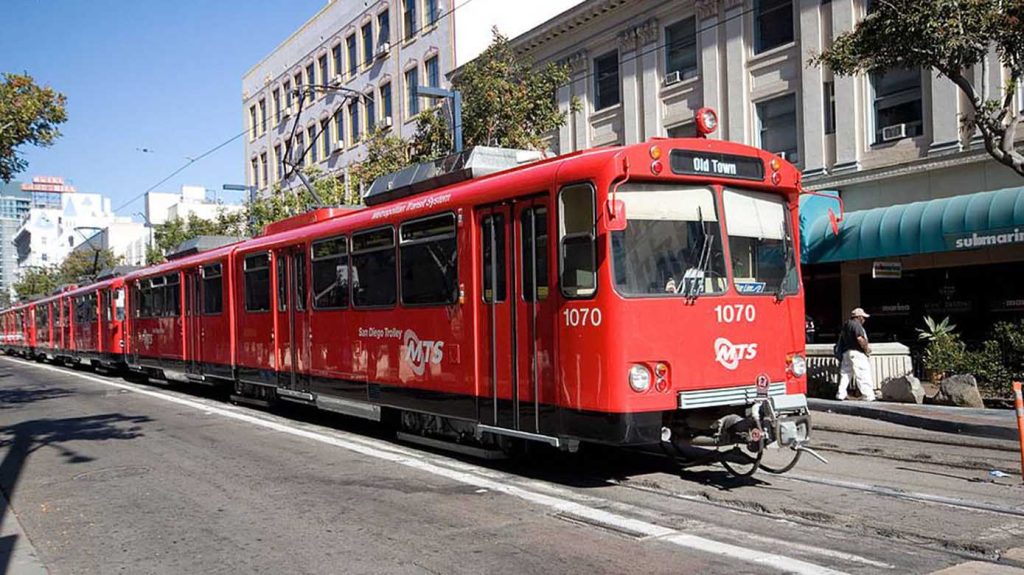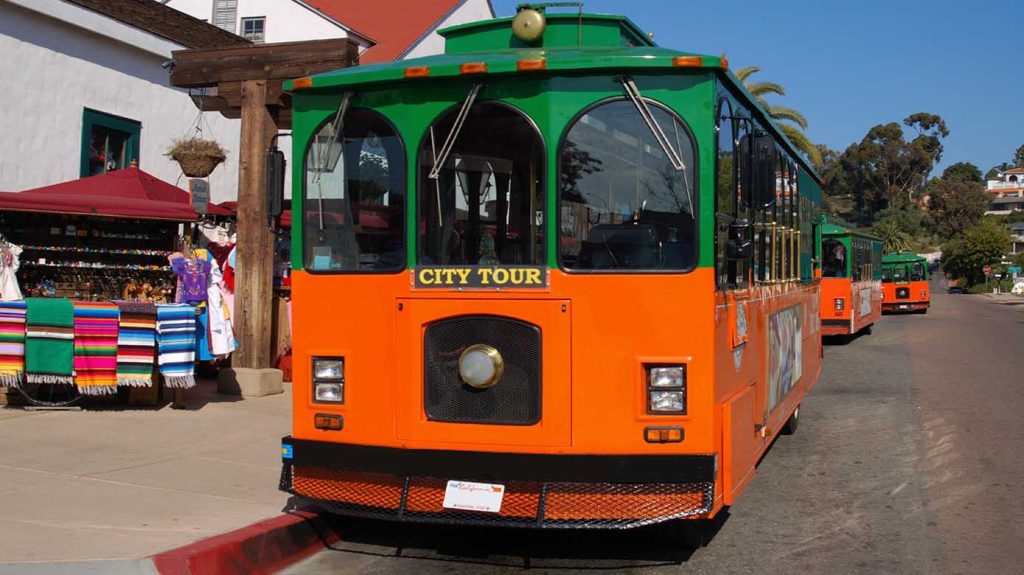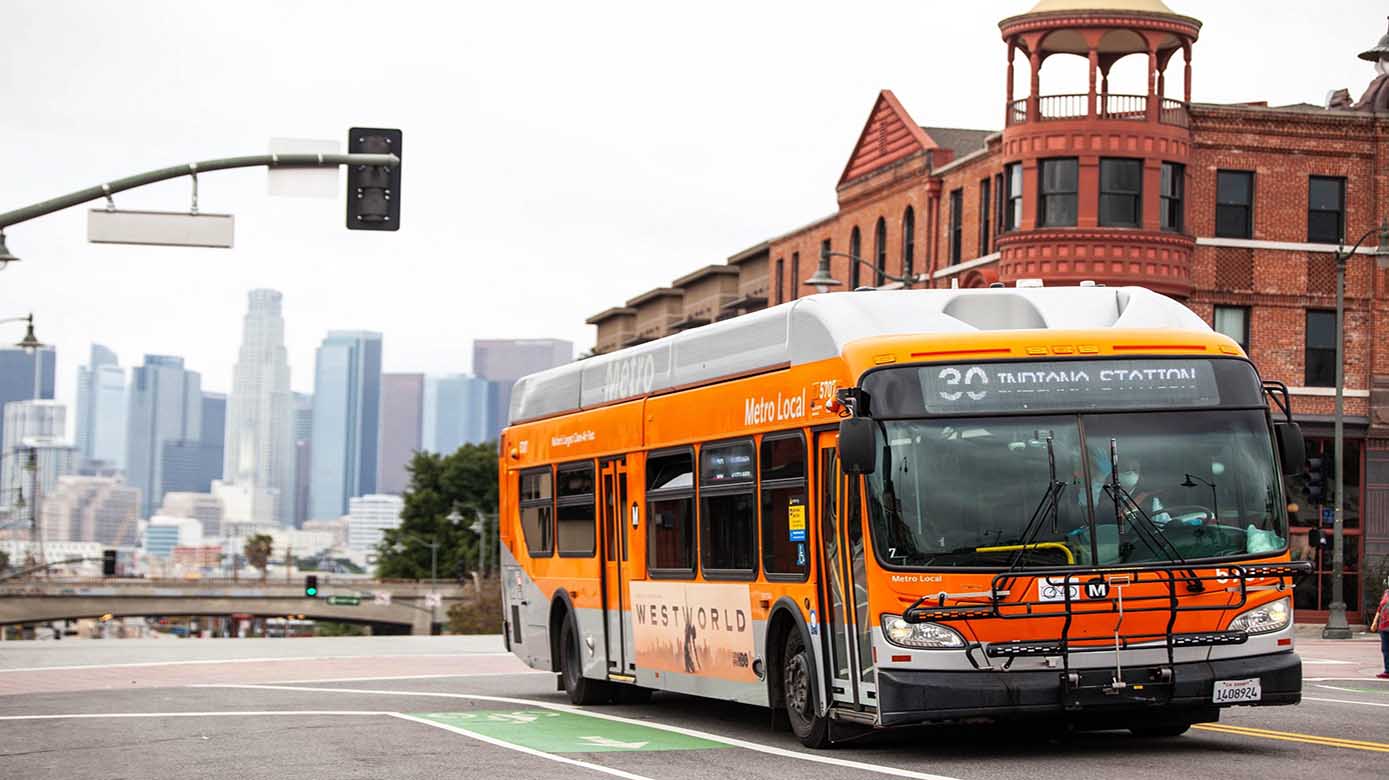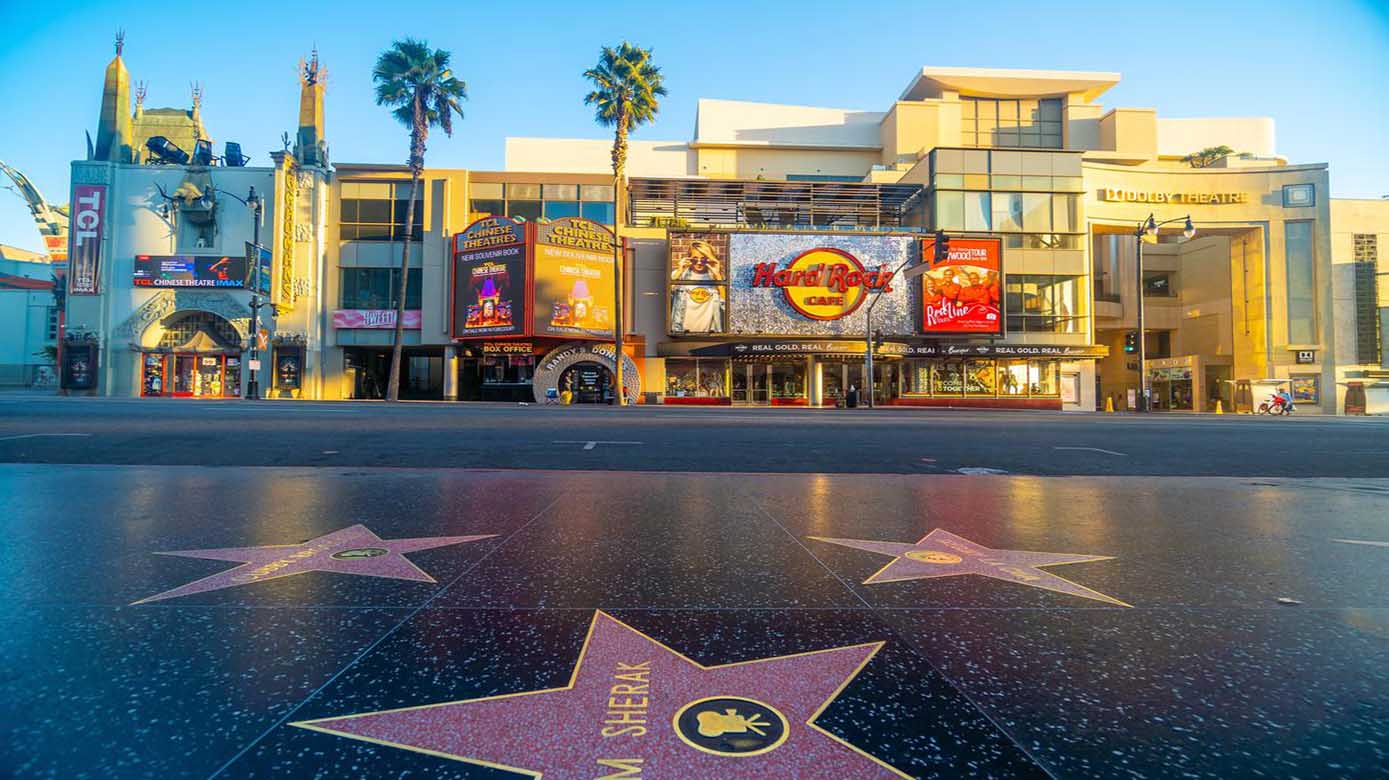Traveling to San Diego is always exciting, but the city’s vastness can feel overwhelming if you’re visiting for the first time. The beaches, museums, historic districts, and cultural landmarks are spread across neighborhoods, making transportation a critical part of any itinerary. I’ve discovered that using public transportation not only saves money but also allows you to experience the city more like a local. From trolleys to buses and ferries, here’s my detailed guide on navigating San Diego without a car.
1. Familiarize Yourself with the Trolley System
San Diego’s MTS Trolley is my go-to for hopping around downtown and neighboring districts. With four color-coded lines—Blue, Orange, Green, and Silver—covering major tourist areas, I quickly realized that a single day pass could take me from Old Town to Gaslamp Quarter and even to San Ysidro near the Mexican border.
I remember my first ride on the Blue Line. The trolley glided past quaint neighborhoods, and I could see locals reading, chatting, or enjoying music. What I loved most was the accessibility; stations are clearly marked, and digital signs tell you when the next trolley arrives. A day pass costs around \$6, and you can purchase it at stations or via the MTS mobile app, which I found incredibly convenient.
Tip: Avoid boarding during peak morning hours if you prefer a quieter ride. For real-time updates, check MTS.com or download the mobile app.
2. Explore Balboa Park by Bus
Balboa Park is a must-see for first-time visitors. While I initially thought a ride-share or taxi was necessary, I discovered several bus routes connecting downtown to the park. I hopped on Bus Route 7, which offered a scenic ride past residential streets lined with palm trees.
Once at the park, I spent the day hopping between the San Diego Museum of Art, the Fleet Science Center, and the Botanical Building. The bus stop was just a five-minute walk from the park entrance. Riding the bus gave me a moment to admire local life, watch street performers, and even strike up a conversation with a fellow traveler.
Booking Platforms: Tickets can be purchased directly from the driver or through the Compass Cloud app, which also supports multi-day passes. I found a 7-day pass for \$25 perfect for extended stays.
Tip: Carry a small backpack with water and snacks, especially if you plan a full day at Balboa Park, since buses don’t have onboard food services.

3. Utilize the Coaster for Coastal Adventures
For trips between downtown and the northern coastal towns, the Coaster commuter train is my favorite. From Santa Fe Depot in downtown, I took the train to Carlsbad to explore the flower fields and beaches. The journey was relaxing, and the ocean views from certain sections made me forget I was even commuting.
The Coaster is more expensive than buses, with tickets ranging from \$5 to \$12 one-way, but the experience is worth it. I recommend booking tickets in advance through NCTD.com, especially for weekend travel.
Tip: Sit on the right side of the train when heading north for the best ocean views. For peak season, arrive early to secure a window seat.
4. Try the Ferry for Downtown-to-Coronado Travel
I was blown away by the convenience of the Coronado Ferry. Boarding at the Broadway Pier, I enjoyed a 15-minute ride across San Diego Bay to Coronado Island. The ferry ride costs about \$5.75 one-way, and I highly recommend it during sunset for spectacular city skyline views.
Once on Coronado, I walked along Orange Avenue, visited the Hotel del Coronado, and grabbed a coffee at a small café. Riding the ferry made me feel like I was part of a postcard scene—the salty breeze, the sound of the waves, and the glimmering city behind me.
Booking Platforms: Tickets can be purchased at the pier or via SanDiegoFerry.com, which also lists schedule changes and special event cruises.
Tip: Avoid peak commute hours if you want a calm ride and a chance to take photos without crowds.
5. Leverage Bus Routes to Hidden Gems
San Diego’s bus network reaches beyond the obvious tourist spots. On my second day, I discovered La Jolla Cove by taking Bus Route 30 from downtown. The ride offered a peek into residential neighborhoods, small local shops, and park areas I would have missed in a taxi.
Buses also connect to attractions like Torrey Pines State Natural Reserve, Mission Beach, and the San Diego Zoo Safari Park. Bus fares are generally \$2.50 per ride, and using a Compass Card can simplify multiple rides.
Tip: Check Google Maps for real-time bus schedules and use the Moovit app to plan your route efficiently.
6. Rent a Bike or Scooter for Last-Mile Travel
While buses and trolleys cover the bulk of my itinerary, I often supplement with a bike or electric scooter for short distances. Downtown and neighborhoods like Pacific Beach and Little Italy have plenty of rental stations.
I remember hopping off the trolley near Little Italy, renting a scooter for \$3 per half hour, and exploring local murals, cafés, and waterfront spots. The flexibility of bikes and scooters allows me to stop at hidden cafés or photograph street art without worrying about parking.
Booking Platforms: Lime, Bird, and Spin apps make renting and paying seamless.
Tip: Always wear a helmet, obey traffic rules, and plan your drop-off near transit stops if you intend to continue your journey by bus or trolley.
7. Take Advantage of Multi-Day Passes
I quickly realized that a single-ride ticket isn’t cost-effective for multiple trips in a day. I purchased a 3-day Compass pass for \$20, which allowed unlimited travel on buses and trolleys.
Using this pass, I explored Gaslamp Quarter, Seaport Village, Old Town, and even the Mission Valley shopping areas without worrying about individual fares. The convenience was unmatched, and I could spontaneously decide to hop on a bus or trolley without checking my wallet.
Tip: Multi-day passes are available through the MTS website and mobile app. Some hotels also sell passes directly at the front desk.
8. Plan Around Transit Schedules
One mistake I made on my first day was underestimating transit frequency. Trolleys typically run every 15-20 minutes, while some buses operate only hourly, especially in less central neighborhoods.
I started using the Google Maps transit feature to check departure times. Once, I timed a ride perfectly from Old Town to Point Loma to catch the sunset at Cabrillo National Monument. Missing a bus can mean a 30-40 minute wait, so planning is crucial for a full day of sightseeing.
Tip: Always have a backup route in mind, especially if traveling to areas with less frequent service.
9. Use Transit for Dining and Nightlife Adventures
I found public transportation especially useful for hopping between restaurants and nightlife venues. I took the trolley to North Park for craft beer tastings and then switched to a bus to reach South Park for a cozy dinner.
Not worrying about parking or driving allowed me to enjoy drinks and explore multiple neighborhoods in one evening. Apps like Yelp and OpenTable helped me identify popular dining spots near transit stops.
Booking Platforms: I often use OpenTable (https://www.opentable.com) for restaurant reservations and Grubhub or DoorDash if I prefer delivery back at my hotel or hostel.
Tip: Check trolley and bus schedules before planning a late-night restaurant crawl. Some routes reduce service frequency after 9 pm.

10. Embrace the Experience and Interact with Locals
Finally, the beauty of using public transportation in San Diego is the opportunity to interact with locals. I’ve shared bus rides with students, families, and artists, and these interactions often lead to insider tips—like the best taco stand near Chicano Park or a hidden viewpoint for harbor photography.
Unlike driving, which isolates you in a car, buses and trolleys create a communal travel experience. I’ve discovered cafés, parks, and street performances simply by observing fellow passengers or chatting with the driver.
Personal Reflection: Each ride feels like a small adventure, and using public transit transforms ordinary sightseeing into a more immersive, authentic experience.
Extra Tips for Planning Your San Diego Public Transit Adventure
- Combine platforms: Use Booking.com, Expedia, or Hotels.com to find accommodations close to transit hubs for convenience.
- Plan meals near transit stops: This saves time and allows spontaneous exploration of neighborhoods.
- Pack light: Carry a small backpack for comfort and ease of boarding crowded buses or trolleys.
- Check seasonal service changes: Summer and holiday periods may affect bus and trolley frequency.
- Download travel apps: Google Maps, Moovit, MTS, and Compass Cloud enhance navigation and planning.
Using San Diego’s public transportation has completely transformed the way I explore the city. Every trolley ride, bus trip, and ferry crossing feels like a small adventure, revealing hidden corners, local hangouts, and unexpected street performances I would have missed driving. The convenience of multi-day passes, combined with apps like MTS, Moovit, and Google Maps, makes planning seamless, while interactions with fellow passengers add a human touch to my travels. Whether I’m hopping between museums, beaches, or neighborhoods, relying on public transit has turned my visit into an immersive, authentic experience, allowing me to truly feel the rhythm and character of San Diego.



